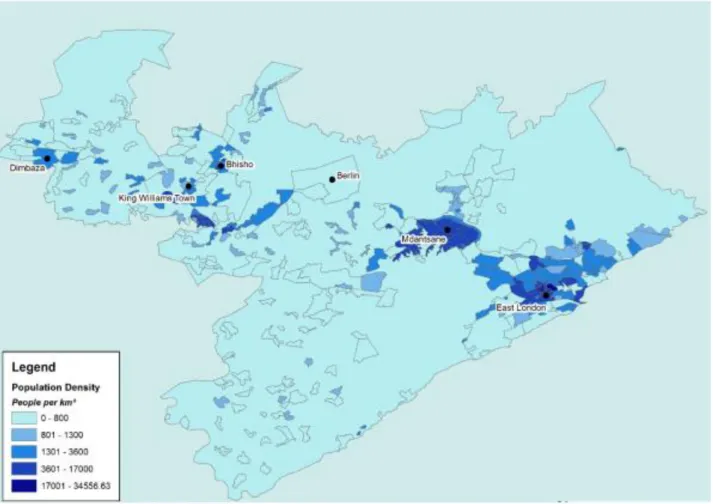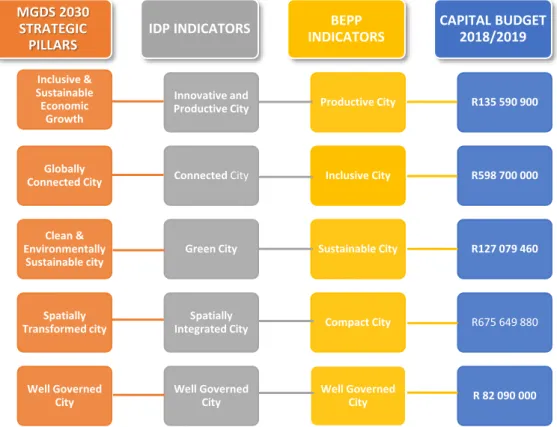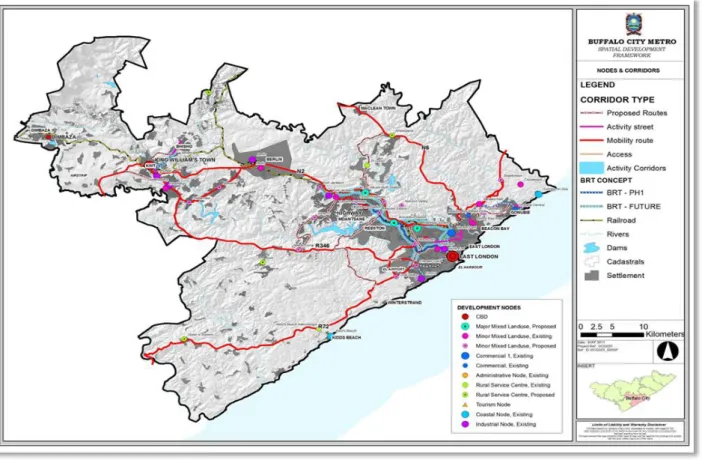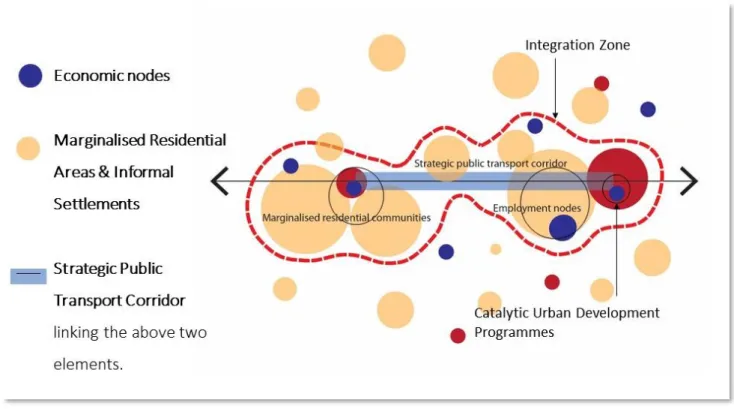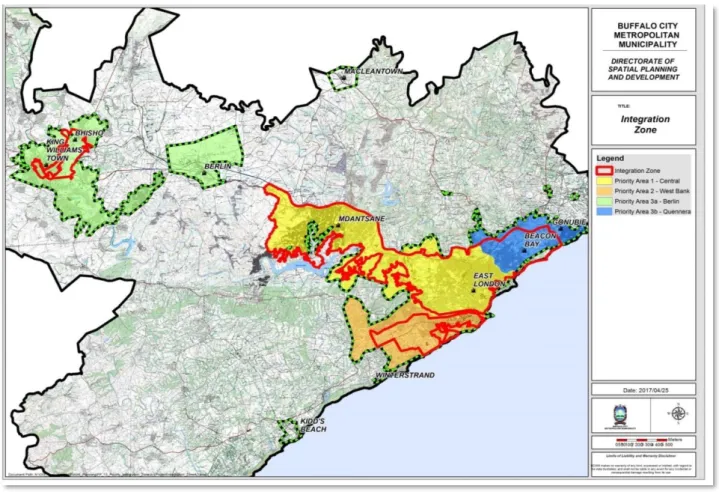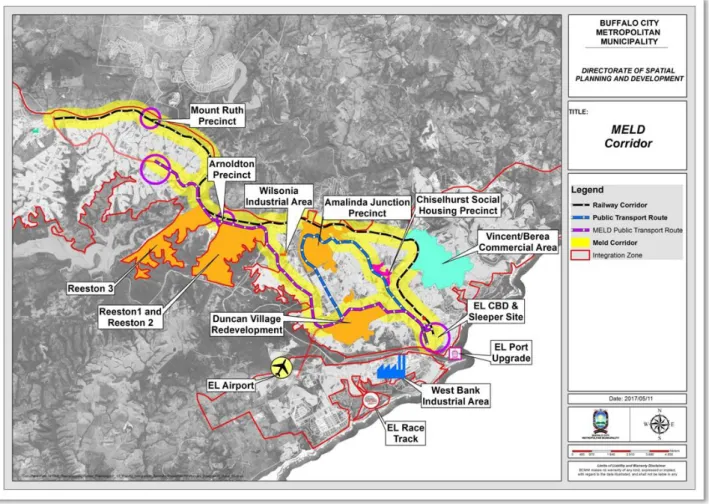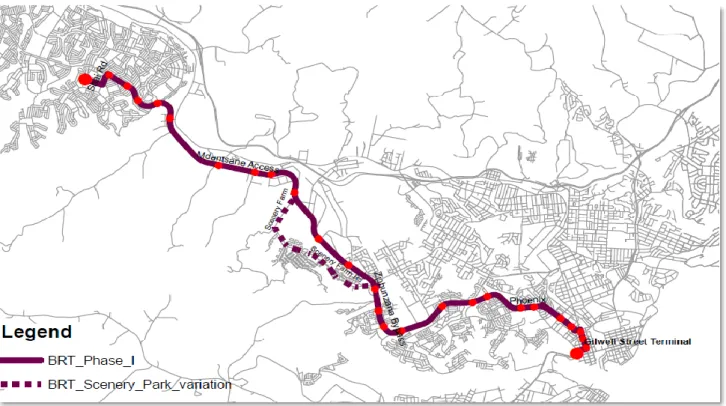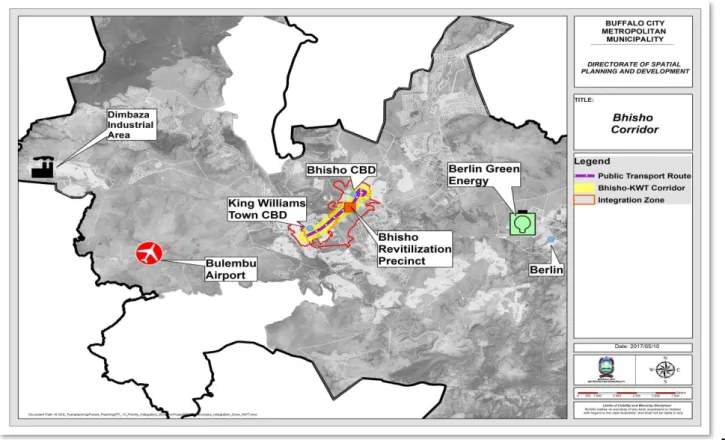Another definition in use, similar to the above, is: "Residential areas where 1) residents have no real property in relation to the land or housing they occupy, with modalities ranging from squatting to informal rental housing, .. 2) . the neighborhoods usually lack or are cut off from basic services and urban infrastructure, and 3) the housing may not comply with applicable planning and building regulations and are often located in geographically and environmentally hazardous areas". In terms of population, Buffalo City Metro accounts for 11.6% of the 6.9 million inhabitants of the Eastern Cape The following is a summary of the socio-economic profile of BCMMs according to the ECSECC 2016 report.
In 2016, the public services sector is the largest within the BCMM, representing 27.2% of the total GVA in the economy of the metropolitan municipality. The functional group represents approximately 61.3% of the metro population according to the quarterly reports of the Community Survey 2016. Section A of the document describes the role and purpose of the BEPP and its relationship to other statutory plans and established institutional systems to support the implementation and monitoring of key interventions in the spatial transformation of the city.
The Guidelines for the Implementation of the Integrated City Development Grant, May 2013 and as updated. The Directorate of Spatial Planning and Development, which coordinates and prepares the ROR, has representation on the BEPP task force which is a team of interdepartmental representatives from all sectors of the BCMM.
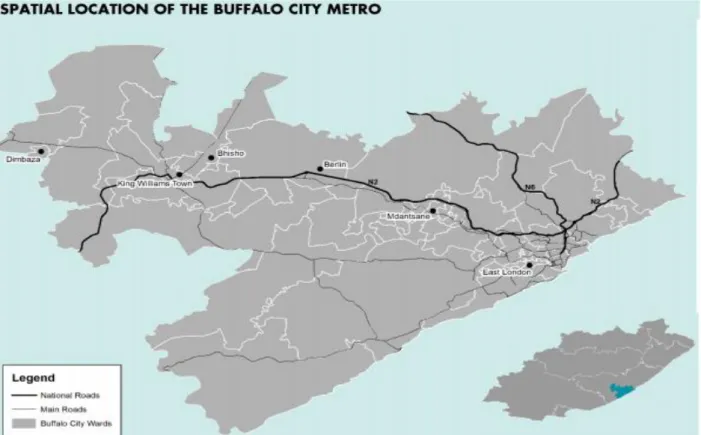
Below is a map showing the spatial extent of the integration zones in relation to the priority areas identified above. In terms of the development and planning framework proposed by Buffalo City, this corridor is the key strategic transportation corridor for the city. The development of a mixed land use at sufficient densities in the activity corridor from Mdantsane to East London has been identified as very important for the economic growth of the city.
The secondary integration zone thus includes most of the urban component of priority spatial area 3a defined in the SRP. The secondary integration zone is subject to critical infrastructure/service backlogs, severely hampering progress in developing the corridor. As there is no finalized plan, the following information comes from the Department of Settlements.
Another industrial cluster is found in areas outside the East London CBD north of the CBD; these are Arcadia, North End and Braelynn. Wilsonia and Dawn make up this industrial cluster and are located north-west of the CBD on the MELD corridor. As part of the process, an architectural concept for the Civic Center must be completed.
The inner city consists of the East London CBD; Quigney; Beach; Zuiderhout; Belgravia and the Arcadia and North End industrial areas. Increasing operating barriers for businesses in the surrounding areas of the CBD and Vincent/Berea;. Infrastructure efficiency is central to the success of the Southernwood/Belgravia district regeneration.
Together, a BCMM knowledge strategy will be drawn up as part of the city's long-term economic vision for the knowledge economy. The Urban Network Strategy identifies the Mdantsane CBD as the urban hub within the primary integration zone of the Buffalo City Metropolitan Area. The heart and right to exist of the CBD is undoubtedly the public transport hub.
One of the interventions earmarked as part of the CBD revitalization is the centralization of informal trading areas. The manufacturing sector is an essential sector for the city and the prosperity of the service sector is dependent on a strong manufacturing base. Extensive training and incubation is planned in collaboration with the Office of the Prime Minister and the East London IDZ.
Facilitate the inclusion of Buffalo City in the development of the Liberation Heritage Trail and its world heritage listing process.
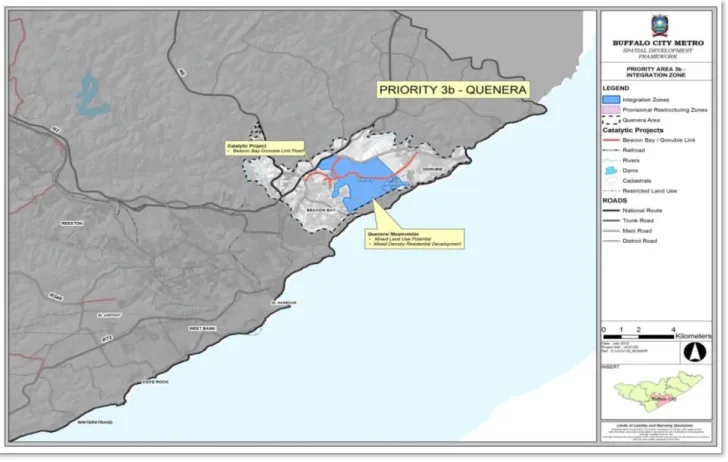
PREPARATION
An improved quality of life through the creation of living urban spaces, cleaning and greening will seek to strengthen the city's image. Public transport and connections will be improved through the improvement of key pedestrian spaces and streets. Opportunities for transit-oriented development through the promotion of quality affordable infill housing and the promotion of mixed land use will be looked at.
Details of current and planned projects under the above urban development program are in Appendix 1. This is an area that straddles major transport routes (road and rail) and connects the Mdantsane district and other previously neglected areas to the central business district of East London. This project focuses on creating a self-sustaining, attractive and vibrant economic center that represents the creative arts, sports, cultural history and identity of Mdantsana.
Improving circulation and connectivity in and around the taxiways, improving social amenities and developing mixed use and social housing are the main projects envisaged for the area. King Williams Town -Bhisho Corridor: The Bhisho/KWT Corridor will provide a public transport link between KWT and Bhisho. Vacant BCMM and state land will be developed for high-density housing and mixed land uses.
A large part of the corridor consists of the Bhisho Revitalization Project and will strengthen Bhisho as the capital of the provincial administration. The development of land along the corridor is dependent on the completion of the Zwelitsha Regional Bulk Wastewater Scheme. The project preparation processes for the four program areas are at different stages of development, although it can be highlighted that all programs are in the early stages of unidirectional planning and preparation.
Council Legkotla noted that BCMM has been slow to move from high-level concept and site planning to implementation of catalytic projects. BCMM has established an agency (BCMDA) as well as an EPMO and institutional roles are currently being better defined. Ownership and registration of land • Committees will be formed, BCMM, Deeds, COGTA and conveyancers to cancel the deed of grants and move them to alternative land.
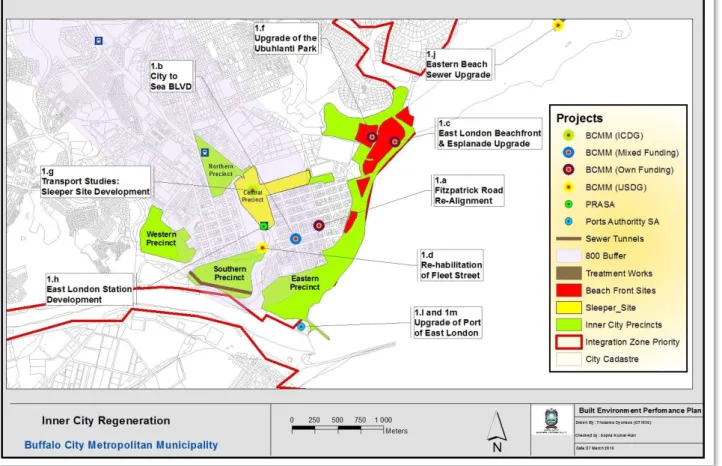
Page 101 The increased cash generated from depreciation will then be focused on replacing and renovating existing infrastructure. Replacement funds can be supplemented with loan financing to maintain income generated by service delivery. This strategy is considered appropriate as it reduces the risk for the institution by generating internal funds for investment in infrastructure improvement, but without an additional cost associated with financing.
The urban development grant, supplemented by debt financing, will be used to finance infrastructure assets being built for the expansion of the city. The table below describes the development of potential loan financing that could be obtained, excluding the repayment consideration, based on National Treasury norms and standards. The above reflects that the institution can incur additional long-term loan financing within the framework of National Treasury guidelines.
The institution does, however, take into account the impact on the institution's cash flows and repayment needs before considering taking out additional long-term loans. Long-term loans are considered in cases where efficiencies are created or additional income is generated for the institution. BCMM's final 2018/19 Capital Budget related to BEPP's strategic programs is set out below.
2018/2019 CAPITAL BUDGET PER CATALYTIC URBAN DEVELOPMENT PROGRAMMES
2018/2019 CAPITAL BUDGET PER FUNDING SOURCE
ERF 20
Obtaining state land for proposed/future developments has been problematic and the Buffalo City Metropolitan Municipality has been proactive and requested assistance from the HDA. HDA is currently working on a comprehensive list of land provided by BCMM, some of which are required for implementation of catalytic projects. Three additional committees (BSC, BEC and BAC) were created to fast track the growing demand for infrastructure projects and to mitigate slow implementation of catalytic projects.
In addition to the above, it is proposed that a list of all Catalytic Urban Development programs and projects be circulated on SCM so that projects falling within this list are mandated with fast-track assessment processes. The council has its committees, where the administrative part is led by the municipal manager. IGR coordination and alignment will be strengthened through the IGR Task Team, which will be convened quarterly to report on BEPP implementation, identify bottlenecks and solutions, and escalate issues that cannot be technically resolved to the City Manager and Council for resolution.
SECTION F: URBAN MANAGEMENT
The sub-components of this project include the upgrade of the East London Buying Center (BBC), the development of eight Waste Collection and Sorting Facilities (WCSF) in eight residential areas and street cleaning in three strategic areas of East London, including Settler's Way, Quigney and Nomumelelo. To ensure the sustainability of existing and new public goods by supplementing the usual municipal city services and. The initial phase involves the appointment of a municipal legislature to manage the district to improve governance and operations in the CBD.
This is linked to the long-term goal of strengthening the involvement of the private sector in the day-to-day management and operation of the area, so that the CBD finally functions like a special rating area (SRA) that can financially support its own management operations. On a city-wide level, the provision and management of services is currently carried out by the relevant municipal departments. The proposed governance model for Mdantsane Town Center has yet to be adopted by Council.
A cross-departmental team, consisting of cross-disciplinary departments, Finance, Engineering, Property Development and Land Development, Economic Development, Transport Planning, Municipal Services and EPMO is currently playing a coordinating role. This team has been identified by the BCMM to drive the reforms and has been institutionalized.
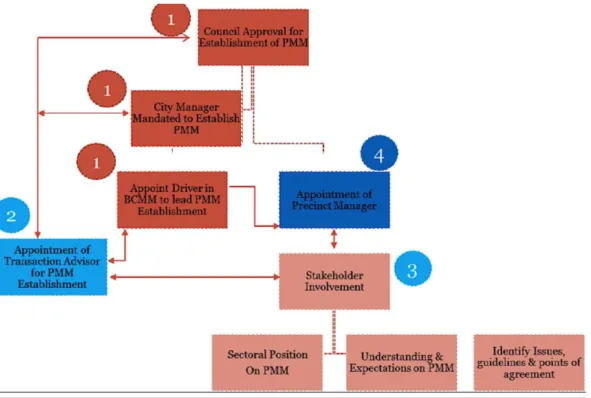
SECTION G: REPORTING & EVALUATION
CONCLUSION
List of Annexures
